Crain’s New York | Nick Garber | April 25, 2023
Nearly 1.3 million working-age city households—about 3 million people—now do not earn enough money to meet the minimum cost of living, researchers found. Factors that led to the uptick include the loss of jobs during the pandemic and the rising costs of basic needs like housing and food, according to the study.
“New York City can’t afford to maintain the status quo when 50% of working-age households struggle to make ends meet,” Lisette Nieves, president of the Fund for the City of New York, said in a statement.
Efforts to combat that trend are faltering. Federal aid that rescued about a million New Yorkers from poverty has largely run out, and state-level policies to spur more housing development have collapsed in budget talks.
Poverty is distributed unevenly among the city’s residents. Latinos are most likely to be economically insecure, with 65% of such households not able to meet their needs, the study found. That is followed by Black households at 58%, Asians at 51% and whites at 32%.
Central Bronx neighborhoods such as Belmont and Crotona Park have the highest rates of income inadequacy, with more than three-quarters of households living below the true-cost-of-living line. In downtown Manhattan, the figure is only 36%.
The report considered the true cost of living in a range of different neighborhoods for a family with two adults, one child in preschool and another school-age child. Such households would need to make as much as $142,051 to get by in Northwest Brooklyn or $107,246 to survive in the Bronx. In reality those families make a median of $49,754 citywide.
Previously known as the New York City Self-Sufficiency Standard report, the study was previously commissioned by the Women’s Center for Education and Career Advancement until last year, when it was taken over by its current sponsors and renamed.
